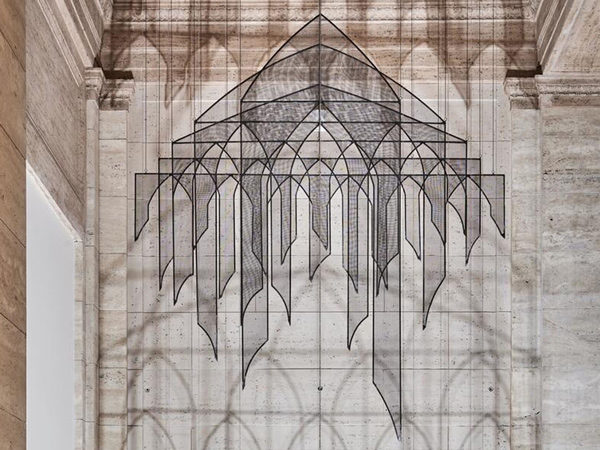Activity
Legacies that Live On – The Terracotta Warriors
Objective: Students will diagram the influences and legacy of the First Emperor and create a 21st century genome of a local legacy based on similar concepts of influences and inspiration.

Armored Infantryman
Common Core Standards
ELA-Literacy. WHST.6-8.1 Write arguments focused on discipline-specific content; 6-8.2 Write informative/explanatory texts, including the narration of historical events, scientific procedures/ experiments, or technical processes.
Content Standards (California)
History/Social Science: 6.6.5. List the policies and achievements of the First Emperor (Qin Shihuang) in unifying northern China under the Qin dynasty.
Procedure
Introduction (10 min.)
Free-write Prompt: “What are some things that have been left behind in your family? List as many things as you can think of.” Have students share their lists. Take note of the diff erent types of “things” that can be left to a family – physical objects such as a photo or piece of furniture, intangible objects such as a grandfather’s sense of humor or a father’s athletic ability, professions or lifestyles such as the family pizzeria, or even inspiring things such as kindness and generosity.
Vocabulary Extension
Legacy = something that is handed down over time
Final Project (1-3 days)
- Begin by reviewing the concept of a legacy. Many of the things that students wrote about in their free-writes could be considered legacies. What legacies did the First Emperor (Qin Shihuang) leave behind? (unified Chinese language, currency, Great Wall, Terracotta Army, mysteries, etc.)
- Introduce the concept of a genogram by mapping out the cultural/geographic influences of Emperor Qin (see Appendix X). Talk students through your thinking as you draw the diagram on the board.
For their final projects, students will be creating a mini exhibit and marketing campaign for a local legacy (either themselves, their family, or their town). There are 3 primary elements to this project:
- Create a genogram representing all the cultural/geographic influences impacting the person or town
- Select 5-7 “artifacts” that students believes will be important indicators of the person’s or town’s legacies.
- Create a 21st century marketing campaign (e.g., promotional video, website, social media plan, etc.) to promote the exhibit and encourage visitors to tour, participate in, or learn from the exhibit.
Sufficient time should be allotted for students to plan and create their projects, as well as present and view each other’s work.
Note to Teachers: Differentiation
Student choice is especially important in final assessment. Because of the range of assignments suggested for this unit’s final project, it will be important for the teacher to create and review with students the grading rubric that will be used to evaluate their work so that expectations are clear. Additionally, providing a range of acceptable options can help teachers guide students toward choosing the most appropriately challenging elements of each assignment. In the example table below, a student must choose one of three choices in Column A. Column B is required from everyone. From Column C, they must choose two items. If a student wants to work with a partner, rather than individually, they must choose 3 items from Column C. By providing multiple options, you can appeal to students’ interests, abilities, prior knowledge/experience in ways that ask them to apply their new knowledge while still measuring the same objectives.
This curriculum was designed by World Savvy in partnership with the Asian Art Museum.







